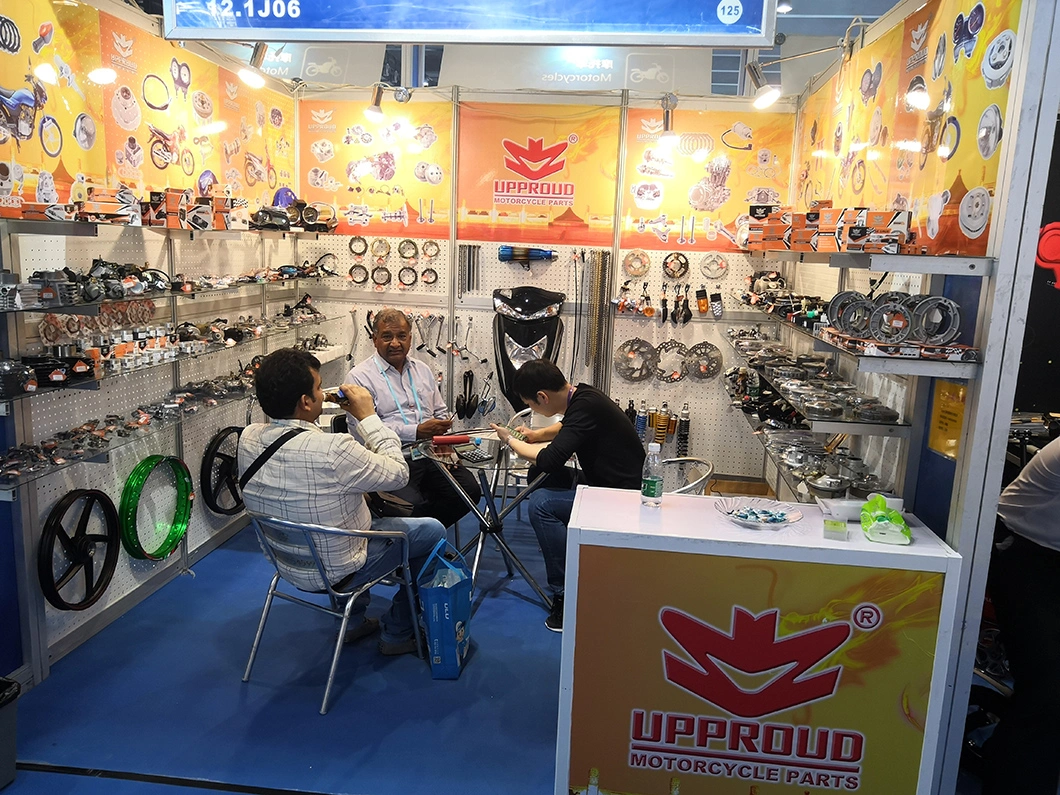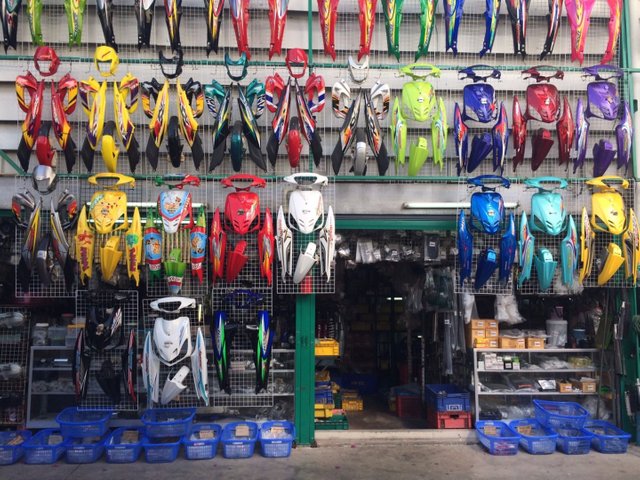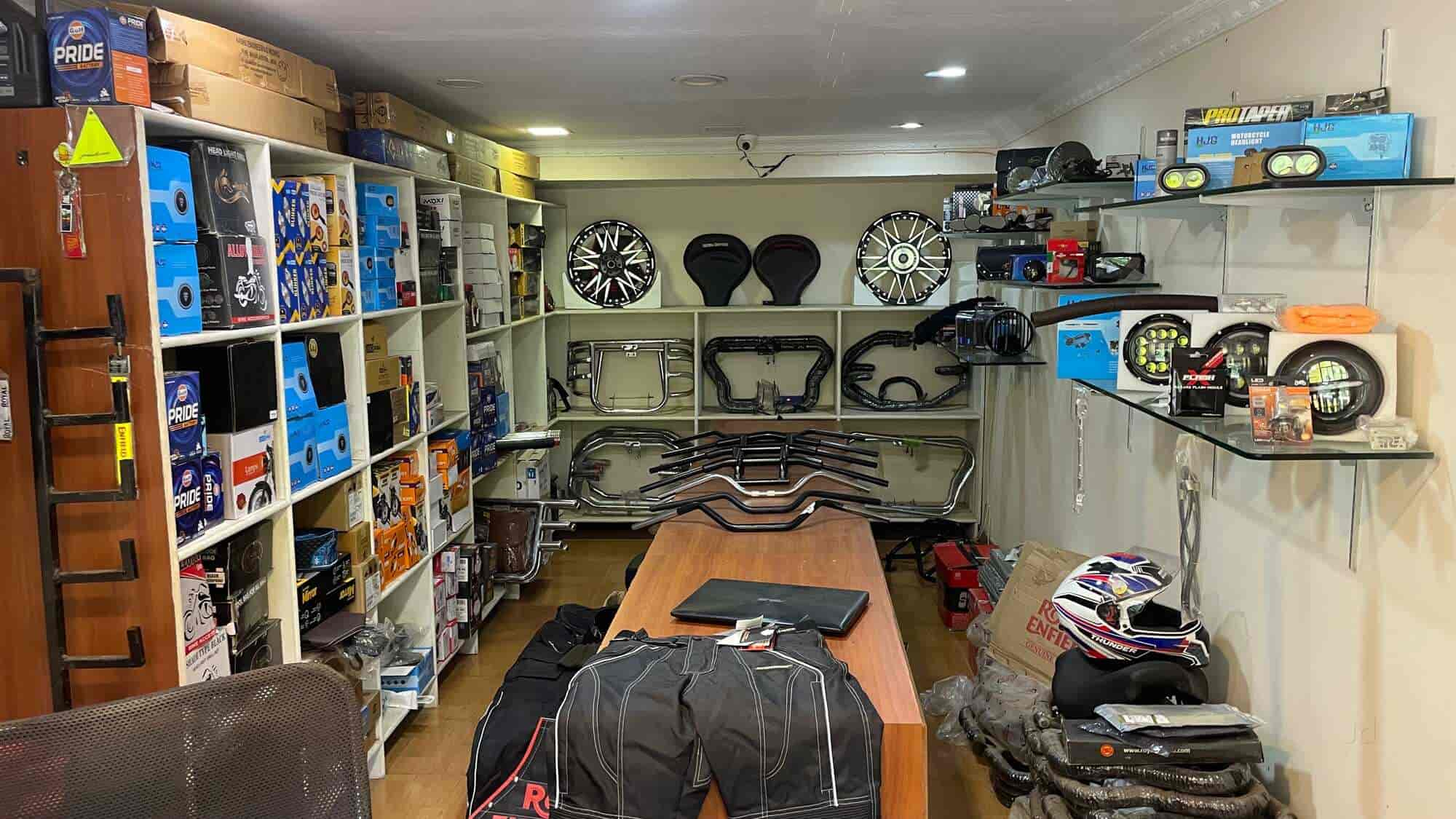Must-Have Motocross Gear: Raise Your Riding Experience Today
Must-Have Motocross Gear: Raise Your Riding Experience Today
Blog Article
Grasping Motorbike Gears: How to Optimize Your Riding Experience
In the realm of motorcycling, mastering the art of gear manipulation is important for improving your riding performance. Properly understanding and utilizing motorbike equipments can significantly affect control, fuel, and acceleration effectiveness, transforming an average ride right into a smooth, thrilling journey. By incorporating precise change timing and adjusting equipment choice to different road conditions, bikers can guarantee optimal engine efficiency and safety and security. The nuances of clutch control, throttle coordination, and equipment auto mechanics bid a deeper expedition, guaranteeing to open the complete potential of your maker. How can these strategies be utilized to truly enhance your riding experience?
Recognizing Gear Mechanics
How do the ins and outs of equipment mechanics influence bike performance? At the core of motorcycle characteristics, equipment mechanics play a critical duty in converting engine power into movement, eventually dictating speed and control. Gears, carefully crafted parts, allow bikers to maximize torque and speed, making sure a smooth transition through various terrains and rates. The equipment ratios, thoroughly developed, identify the connection between engine revolutions and wheel turns, influencing velocity and gas effectiveness.
Recognizing gear technicians begins with acknowledging the significance of the transmission, which houses multiple gears of differing sizes. These equipments interact with a procedure understood as meshing, where teeth of various gears engage to transfer power.
Furthermore, the principle of gear moving is integral to making the most of efficiency. Timely and smooth changes make certain that the engine operates within its ideal power band, avoiding unneeded strain and improving long life (motocross gear nz). By comprehending these mechanical complexities, cyclists can achieve a harmonious mix of control, power, and performance, raising their riding experience
Timing Your Shifts
Shift timing proficiency is vital for maximizing motorbike efficiency and improving the riding experience. Effectively timed shifts make sure that the engine runs within its optimum power band, which is essential for preserving control, attaining smooth velocity, and ensuring the longevity of the motorcycle. Motorcyclists have to create an user-friendly feeling of when to move gears, which entails understanding the relationship in between engine changes per min (RPM) and rate.
To grasp shift timing, pay attention to the engine's sound and feel, as these give vital ideas concerning when to alter gears. When the engine comes close to the top array of its power band without reaching the redline, the optimal change point generally occurs - motorcycle shop. Shifting too early can bring about an absence of power, while moving as well late may cause unneeded engine stress
In addition, road conditions and riding design influence shift timing. In comparison, during freeway riding, less shifts at higher rates can be more suitable.
Enhancing Gas Effectiveness
While understanding motorcycle equipments is important for efficiency, enhancing fuel performance is equally crucial for both ecological and financial reasons. Ideal gas consumption not only lowers operational expenses yet additionally reduces the eco-friendly footprint of riding. To attain this, one must comprehend the complex partnership between equipment option and engine performance.
Riding in a higher gear at lower rates can lead to engine hauling, which is destructive to both gas economic situation and engine wellness. On the other hand, riding in lower gears at high speeds results in unneeded fuel consumption.
Additionally, regular maintenance plays a crucial role in fuel efficiency. Guaranteeing that the motorcycle is well-tuned, with tidy air filters and effectively blew up tires, can improve aerodynamics and reduce fuel wastefulness. Moreover, embracing a riding style that welcomes steady acceleration and smooth deceleration can contribute to far better fuel economy.

Techniques for Smooth Transitions
Achieving smooth equipment changes is essential to boosting the riding experience and guaranteeing the longevity of a motorbike's transmission system. Appropriate gear moving not just contributes to a smooth trip but likewise minimizes deterioration on the mechanical components. To grasp the art of smooth changes, bikers have to focus on a couple of key methods.

Secondly, clutch control plays a critical duty. Engaging and disengaging the clutch efficiently calls for technique. The clutch lever must be released gradually, permitting a smooth transfer of power from the engine to the wheels without creating a shock or sudden activity.

Adapting to Road Problems
Browsing varied roadway problems is a critical ability for any kind of motorcyclist intending to preserve control and security. Whether you're riding on wet surfaces, gravel roadways, or browsing sharp turns, your ability to adapt your equipment use and riding method is critical. Understanding how to readjust your equipments properly can considerably impact traction and security, making sure a much safer journey.
On wet roadways, it is suggested to keep higher gears to reduce torque and minimize wheel spin. This approach aids preserve hold on slippery surface areas, permitting smoother velocity and deceleration. In contrast, when riding try this site on crushed rock or irregular surface, reduced gears are more effective. Lower equipments offer better control and enable you to respond more promptly to unanticipated adjustments in the roadway surface.
Sharp contours demand specific equipment management to stabilize rate and control. Downshifting before going into a contour can aid preserve momentum while making certain the bike remains stable throughout the turn. Regular technique in diverse problems improves your capacity to anticipate and react to adjustments in road structure and slope.
Conclusion
Understanding bike gears dramatically enhances the riding experience by enhancing acceleration, gas, and control performance. Adapting equipment option to numerous road conditions, such as utilizing higher equipments on damp surfaces and lower equipments on crushed rock, further improves handling and security.
Understanding gear mechanics starts with recognizing the significance of the gearbox, which houses multiple gears of differing sizes. These equipments connect via a procedure recognized as meshing, where teeth of various equipments involve to transfer power (motocross gear). Gentle adjustments to the throttle throughout equipment shifts can avoid jerky movements and maintain a constant riding speed
Whether you're riding on wet surfaces, gravel roadways, or browsing sharp turns, your capacity to adjust your equipment use and riding method is vital. Adapting equipment selection to numerous road problems, such as utilizing higher equipments on wet surface areas and reduced gears on visit this website gravel, further improves handling and safety.
Report this page